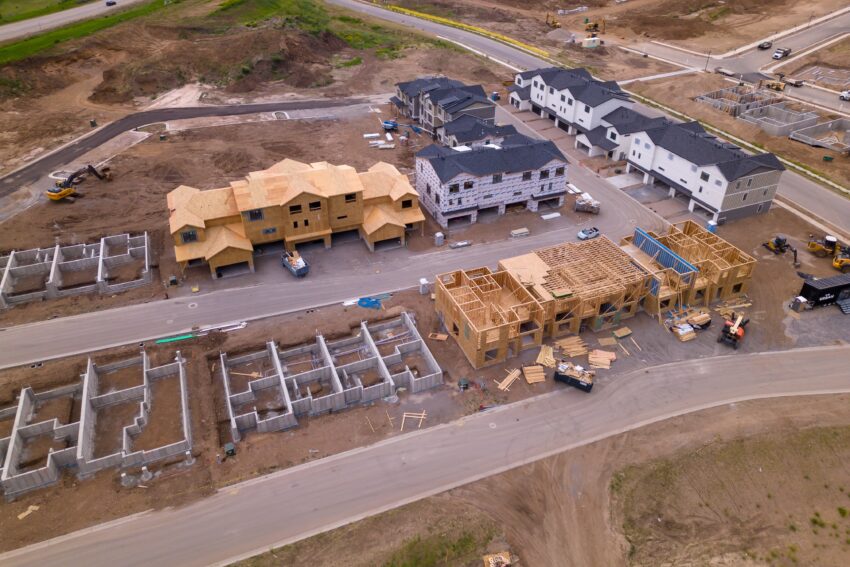Ministers are preparing to cap the profits landowners can make from selling green belt land as part of the government’s strategy to deliver 1.5 million new homes by 2030.
The proposed reforms would give councils the power to compulsorily purchase green belt land at a lower “benchmark” value, curbing the potential for landowners to cash in on sites previously ineligible for development.
The move comes as Labour seeks to address the UK’s housing shortage, with experts warning that achieving the ambitious target will likely require building on both “grey belt” and greenfield sites. The green belt, which spans more than 6,300 square miles and covers roughly 13 per cent of England, was originally established to prevent urban sprawl, but some areas have already been developed.
The government is consulting on changes to the National Planning Policy Framework (NPPF), which would force councils to identify sufficient land to meet their housing needs. Under the proposed system, if landowners in high-demand areas refuse to sell, councils could acquire their land at a price lower than the market value of similar non-green belt sites. This would be achieved through a “benchmark” value system designed to prevent inflated prices linked to future planning permission.
Ministers also plan to use compulsory purchase orders (CPOs) to secure land where necessary, with compensation based on the land’s current use rather than its potential development value. This measure aims to ensure land is acquired at a fair price, preventing landowners from holding out for higher offers or delaying the release of much-needed development sites.
Critics of the plan include campaign groups and planning experts, who argue that these measures could lead to the development of greenfield sites rather than focusing on brownfield areas. While the government emphasises a “brownfield-first” approach, there is concern that vague definitions of “grey belt” could open the door to broader greenfield development.
Matthew Spry, a senior director at planning consultancy Lichfields, warned that many local authorities might struggle to meet their housing targets without resorting to greenfield development in the green belt. “The reality is that in order to meet the targets, this will require building on land that many will regard as greenfield, not just the areas of brownfield land in the green belt that has been commonly talked about,” Spry said.
Industry sources have also raised concerns about the potential backlash from landowners. One senior figure suggested that capping land prices below market value could discourage landowners from selling, potentially delaying the development process. They argued that while CPOs could be used, these are often time-consuming and bureaucratic, which may hinder the government’s ability to meet its housing goals within the desired timeframe.
The countryside charity CPRE expressed further worries, suggesting that some landowners might deliberately degrade their green belt sites to make them eligible for development under the new rules. “We have got concerns about the wording and that so-called grey belt could ultimately end up including greenfield land,” said Lizzie Bundred Woodward, a planning policy manager at CPRE.
The ministry of housing, communities and local government responded by reiterating its commitment to preserving the green belt and prioritising brownfield land for development. A representative stated, “We will reform the outdated compulsory purchase process to remove inflated values of land and ensure compensation paid to landowners is fair but not excessive. We will also use lower quality ‘grey belt’ land, like wasteland or old car parks, and introduce ‘golden rules’ to ensure that development benefits both communities and nature.”
As the government navigates the complex challenge of balancing housing needs with land preservation, the proposed reforms could set the stage for a significant transformation in how green belt land is managed and developed in the coming years.


